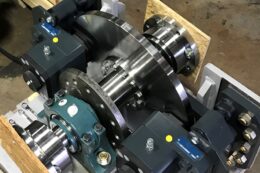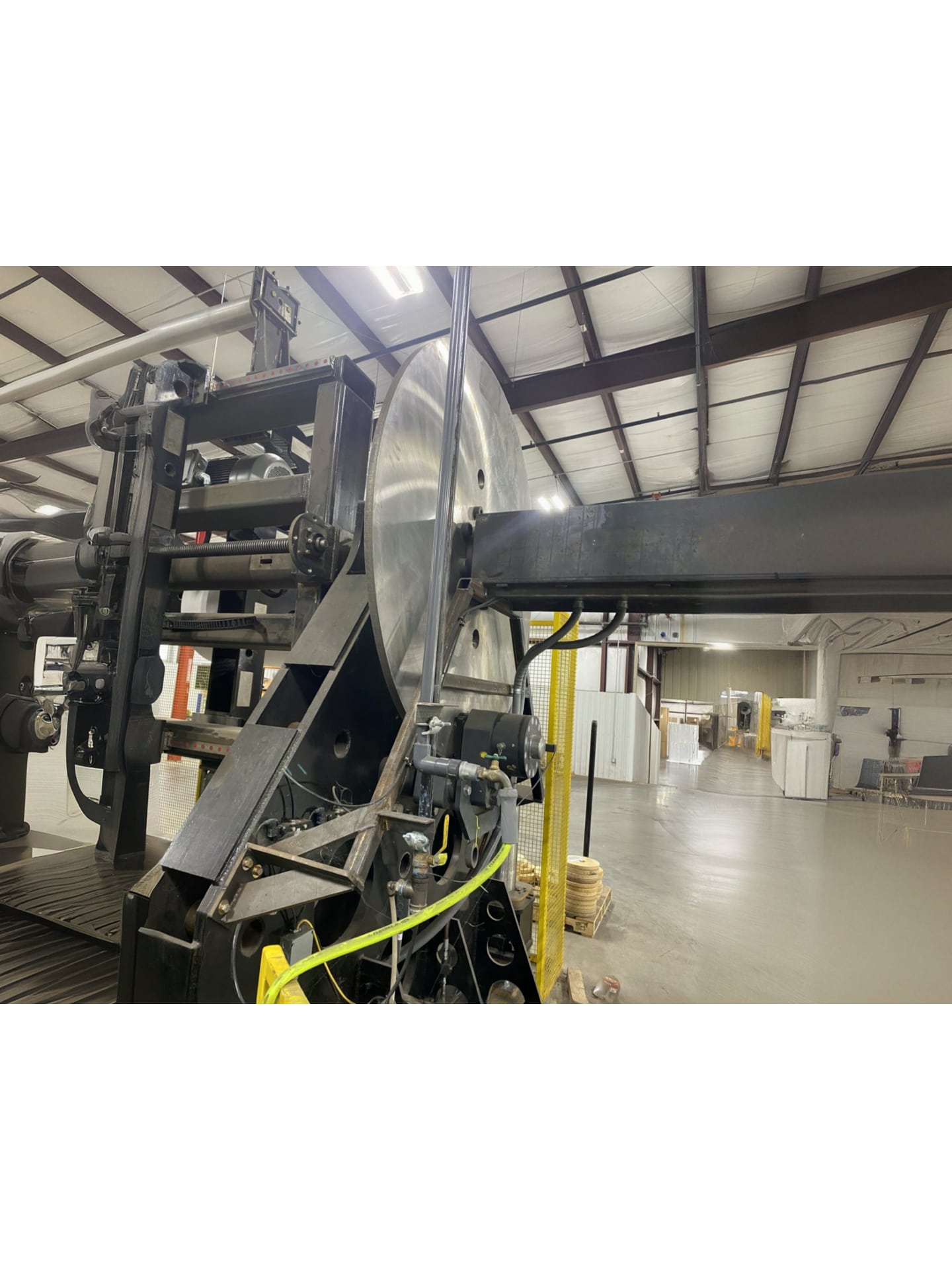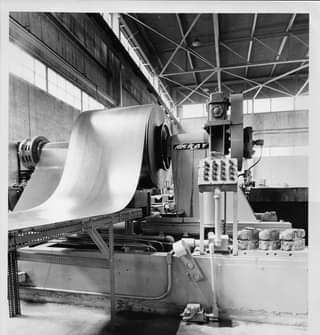Hydraulic Fail-Safe Brakes
Spring applied, hydraulically released, brakes
Hydraulic fail-safe brakes are spring applied and use hydraulic pressure to hold open the brake. If the brake is turned off or power is lost, the spring engages the brake.
We incorporate both hydraulic disc and drum brakes into our industrial braking systems. We also provide comprehensive repair services for these brakes.
Advantages:
Hydraulically released brakes are able to achieve very high torque ranges. This high torque output is important in safety brake applications, for instance when performing an e-stop by braking on the output shaft. Hydraulic brakes can also be configured in a compact design, making them ideal for use in situations where space is limited.
Disadvantages:
Hydraulic brakes require the use of a hydraulic system including a hydraulic power unit and fluid lines, which can increase the complexity, cost, and maintenance requirement of the industrial braking system. In comparison, a thruster brake typically requires less infrastructure investment and ongoing maintenance. Also, if you are concerned about leaking hydraulic fluid, an electromagnetic brake could be a safer option.
Featured Projects
Products
Filter
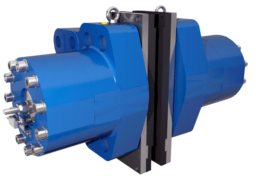 NHCD 2145 3500mm
NHCD 2145 3500mmType: Disc
Maximum Torque: 597600 N·m
Diameter: 3500 mm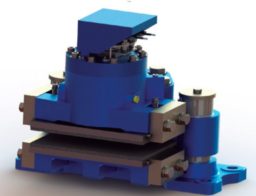 NHC 2145 3500mm
NHC 2145 3500mmType: Disc
Maximum Torque: 592200 N·m
Diameter: 3500 mm NHCD 2145 3000mm
NHCD 2145 3000mmType: Disc
Maximum Torque: 507600 N·m
Diameter: 3000 mm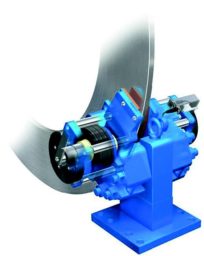 SHI 282 2500mm
SHI 282 2500mmType: Disc
Maximum Torque: 505050 N·m
Diameter: 2500 mm NHC 2145 3000mm
NHC 2145 3000mmType: Disc
Maximum Torque: 502200 N·m
Diameter: 3000 mm NHCD 2135 3500mm
NHCD 2135 3500mmType: Disc
Maximum Torque: 464800 N·m
Diameter: 3500 mm NHC 2135 3500mm
NHC 2135 3500mmType: Disc
Maximum Torque: 460600 N·m
Diameter: 3500 mm SHI 252 FC 2500mm
SHI 252 FC 2500mmType: Disc
Maximum Torque: 418880 N·m
Diameter: 2500 mm NHCD 2145 2500mm
NHCD 2145 2500mmType: Disc
Maximum Torque: 417600 N·m
Diameter: 2500 mm SHI 281 2500mm
SHI 281 2500mmType: Disc
Maximum Torque: 414050 N·m
Diameter: 2500 mm NHC 2145 2500mm
NHC 2145 2500mmType: Disc
Maximum Torque: 412200 N·m
Diameter: 2500 mm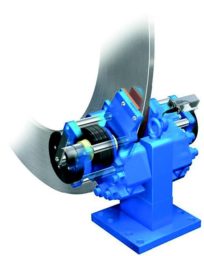 SHI 252 2500mm
SHI 252 2500mmType: Disc
Maximum Torque: 404800 N·m
Diameter: 2500 mm NHCD 2130 3500mm
NHCD 2130 3500mmType: Disc
Maximum Torque: 398400 N·m
Diameter: 3500 mm NHC 2130 3500mm
NHC 2130 3500mmType: Disc
Maximum Torque: 394800 N·m
Diameter: 3500 mm NHCD 2135 3000mm
NHCD 2135 3000mmType: Disc
Maximum Torque: 394800 N·m
Diameter: 3000 mm SHI 282 2000mm
SHI 282 2000mmType: Disc
Maximum Torque: 394050 N·m
Diameter: 2000 mm NHC 2135 3000mm
NHC 2135 3000mmType: Disc
Maximum Torque: 390600 N·m
Diameter: 3000 mm SHI 251 FC 2800mm
SHI 251 FC 2800mmType: Disc
Maximum Torque: 359120 N·m
Diameter: 2800 mm NHCD 2130 3000mm
NHCD 2130 3000mmType: Disc
Maximum Torque: 338400 N·m
Diameter: 3000 mm NHC 2130 3000mm
NHC 2130 3000mmType: Disc
Maximum Torque: 334800 N·m
Diameter: 3000 mm NHCD 2125 3500mm
NHCD 2125 3500mmType: Disc
Maximum Torque: 332000 N·m
Diameter: 3500 mm SHI 252 FC 2000mm
SHI 252 FC 2000mmType: Disc
Maximum Torque: 330880 N·m
Diameter: 2000 mm NHC 2125 3500mm
NHC 2125 3500mmType: Disc
Maximum Torque: 329000 N·m
Diameter: 3500 mm NHCD 2145 2000mm
NHCD 2145 2000mmType: Disc
Maximum Torque: 327600 N·m
Diameter: 2000 mm NHCD 2135 2500mm
NHCD 2135 2500mmType: Disc
Maximum Torque: 324800 N·m
Diameter: 2500 mm SHI 281 2000mm
SHI 281 2000mmType: Disc
Maximum Torque: 323050 N·m
Diameter: 2000 mm NHC 2145 2000mm
NHC 2145 2000mmType: Disc
Maximum Torque: 322200 N·m
Diameter: 2000 mm NHC 2135 2500mm
NHC 2135 2500mmType: Disc
Maximum Torque: 320600 N·m
Diameter: 2500 mm SHI 251 FC 2500mm
SHI 251 FC 2500mmType: Disc
Maximum Torque: 318920 N·m
Diameter: 2500 mm SHI 252 2000mm
SHI 252 2000mmType: Disc
Maximum Torque: 316800 N·m
Diameter: 2000 mm SHI 251 2500mm
SHI 251 2500mmType: Disc
Maximum Torque: 308200 N·m
Diameter: 2500 mm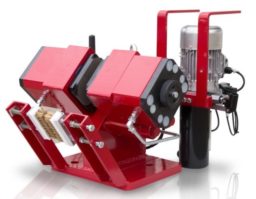 DBF 320.5 2500mm
DBF 320.5 2500mmType: Disc
Maximum Torque: 305920 N·m
Diameter: 2500 mm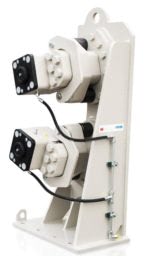 DBF 320.5 S 2500mm
DBF 320.5 S 2500mmType: Disc
Maximum Torque: 305920 N·m
Diameter: 2500 mm DBF 320.6 2500mm
DBF 320.6 2500mmType: Disc
Maximum Torque: 305920 N·m
Diameter: 2500 mm DBF 320.6 S 2500mm
DBF 320.6 S 2500mmType: Disc
Maximum Torque: 305920 N·m
Diameter: 2500 mm SHI 252 FC 1750mm
SHI 252 FC 1750mmType: Disc
Maximum Torque: 286880 N·m
Diameter: 1750 mm SHI 251 FC 2250mm
SHI 251 FC 2250mmType: Disc
Maximum Torque: 285420 N·m
Diameter: 2250 mm SHI 282 1500mm
SHI 282 1500mmType: Disc
Maximum Torque: 283050 N·m
Diameter: 1500 mm NHCD 2125 3000mm
NHCD 2125 3000mmType: Disc
Maximum Torque: 282000 N·m
Diameter: 3000 mm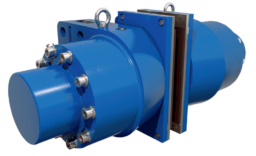 NHCD 1925 3000mm
NHCD 1925 3000mmType: Disc
Maximum Torque: 280000 N·m
Diameter: 3000 mm NHC 2125 3000mm
NHC 2125 3000mmType: Disc
Maximum Torque: 279000 N·m
Diameter: 3000 mm NHCD 2130 2500mm
NHCD 2130 2500mmType: Disc
Maximum Torque: 278400 N·m
Diameter: 2500 mm
Commitment to service and support
Hindon is dedicated to providing comprehensive support for our products and the people who depend on them. From initial consultation to inspection, maintenance, and repair services, our goal is to provide the right equipment for your application and to keep your product in top shape for its full lifecycle. If you’re not sure which product is right for your application, call or chat with one of our sales engineers.

